The Only 4 Strength Exercises Women Over 40 Need, According to a Top Trainer

Why strength training matters for women over 40
As we age, our bodies naturally lose muscle mass at a rate of about 1% per year after 40. "Muscle is the thing that's going to fire your metabolism, it's going to stoke your metabolism up," Melissa explains in her recent post. While we can't control depleting hormones, we can absolutely control how much muscle we maintain and build.
Strength training isn't just about looking good—it also increases serotonin and endorphins that reduce anxiety and stress, while improving bone density, which becomes increasingly important as we age. And contrary to popular belief, lifting weights won't make women bulky—it simply helps replace lost muscle and creates that toned, defined look many women desire.
The benefits of compound movements
All four exercises Melissa recommends are compound movements—exercises that work multiple muscle groups simultaneously. This approach is incredibly efficient for women over 40 who may not have hours to spend at the gym. "You don't have to be strength training for hours every day. You can get away with about 30 minutes," Melissa points out.
These exercises transform your body into what she calls a "fat-burning machine" by engaging large muscle groups together, maximizing your workout time and results. Each move can be modified for beginners and gradually progressed as you build strength.
Exercise 1: The Squat – The foundation of lower body strength
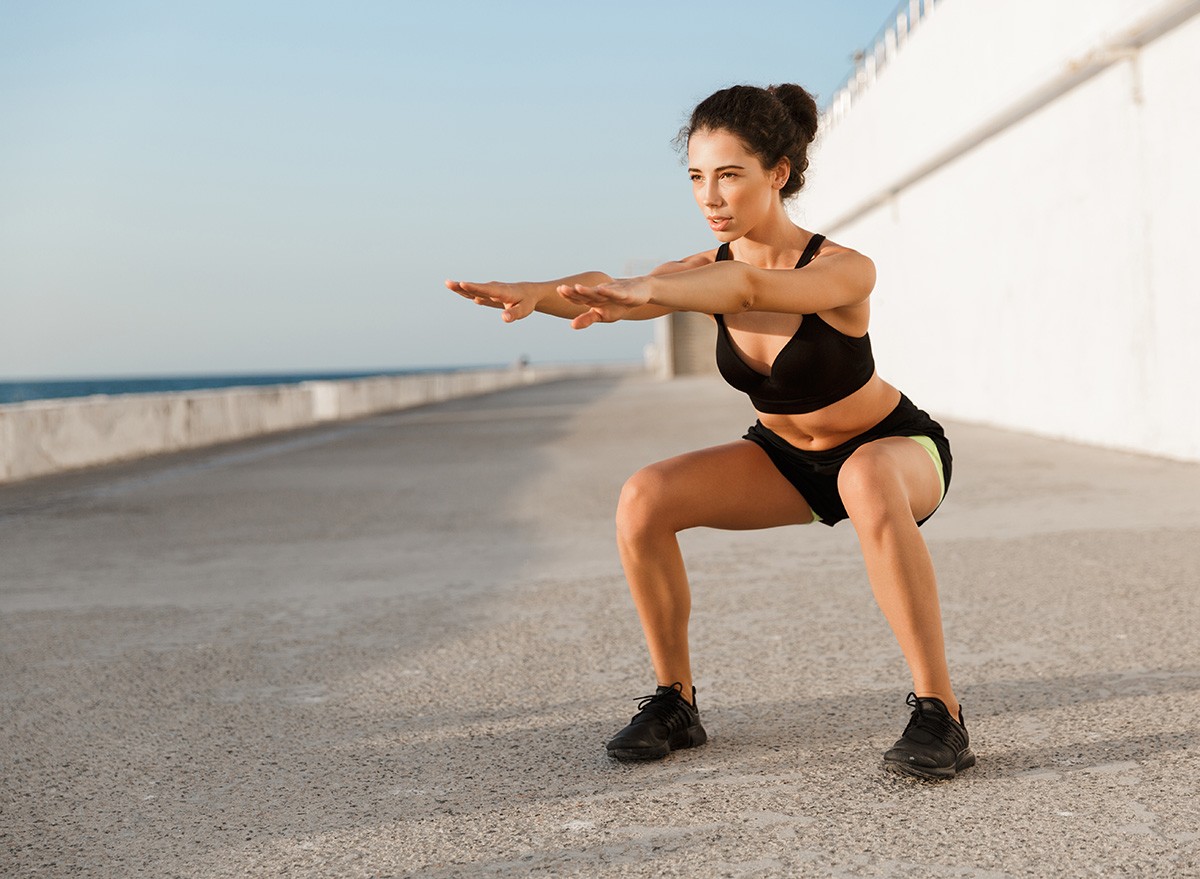
The squat is an essential movement that works far more than just your legs. "The key benefits of a squat is it's going to work your whole body," says Melissa. While primarily targeting your glutes, hamstrings, calves, and quads, squats also engage your core and even parts of your upper body when holding weights.
Squats improve mobility, stability, and balance—all crucial aspects of fitness after 40. If you're new to squats, Melissa recommends starting without weights, focusing on form, and gradually adding dumbbells or barbells as you get stronger. Even her client Jenny, who initially couldn't squat due to bad knees, eventually progressed to squatting with weights.
How to perform the perfect squat
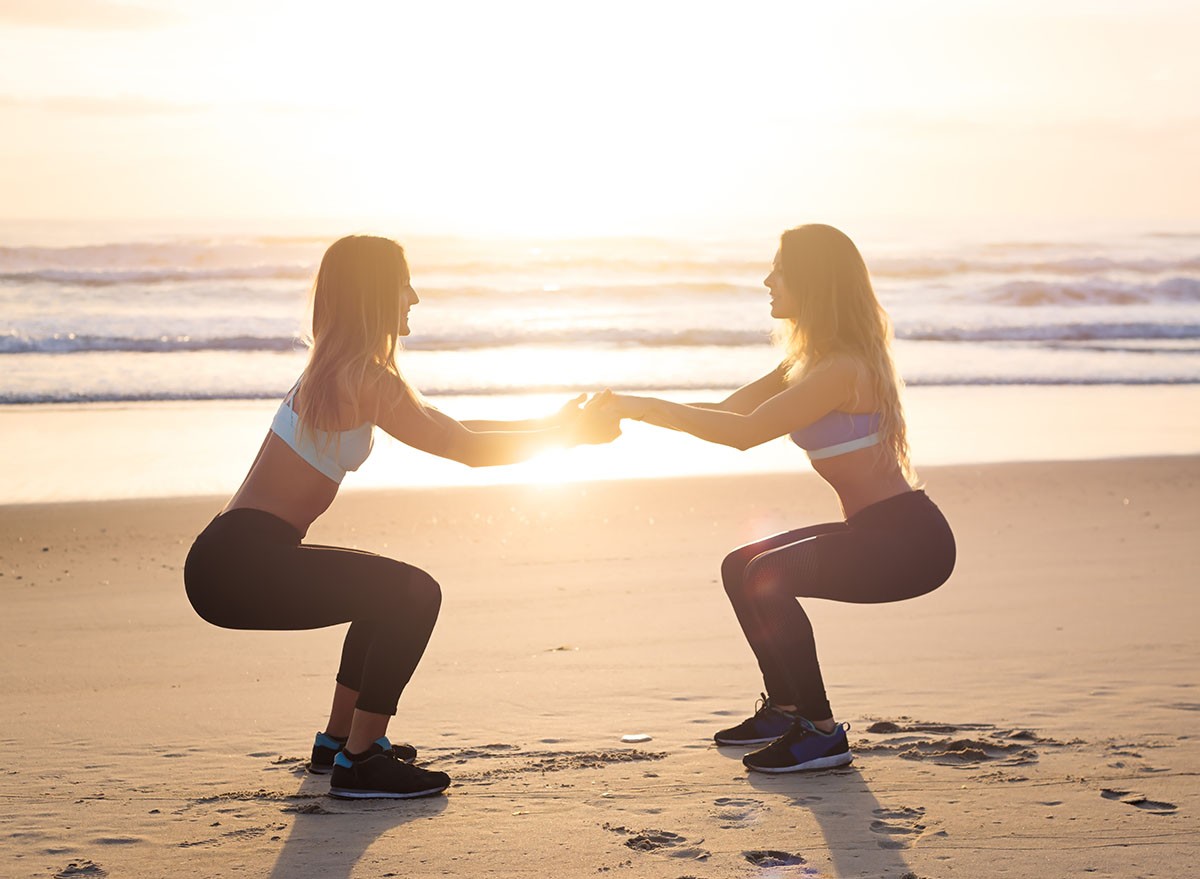
To perform a basic squat, stand with feet hip-width apart, lower your body as if sitting in a chair, and try to keep your knees behind your toes. "Try to go, if you possibly can, really deep in," suggests Melissa. If you struggle with depth, try elevating your heels slightly, which can make it easier to lower deeper while maintaining good form.
As you progress, you can add dumbbells held at your sides or a single dumbbell held in front of your chest. For those with access to a gym, hack squats, barbell back squats, front squats, and sumo squats (with wide-set feet) are all excellent variations to add to your routine.
Exercise 2: The Deadlift – Powering your posterior chain
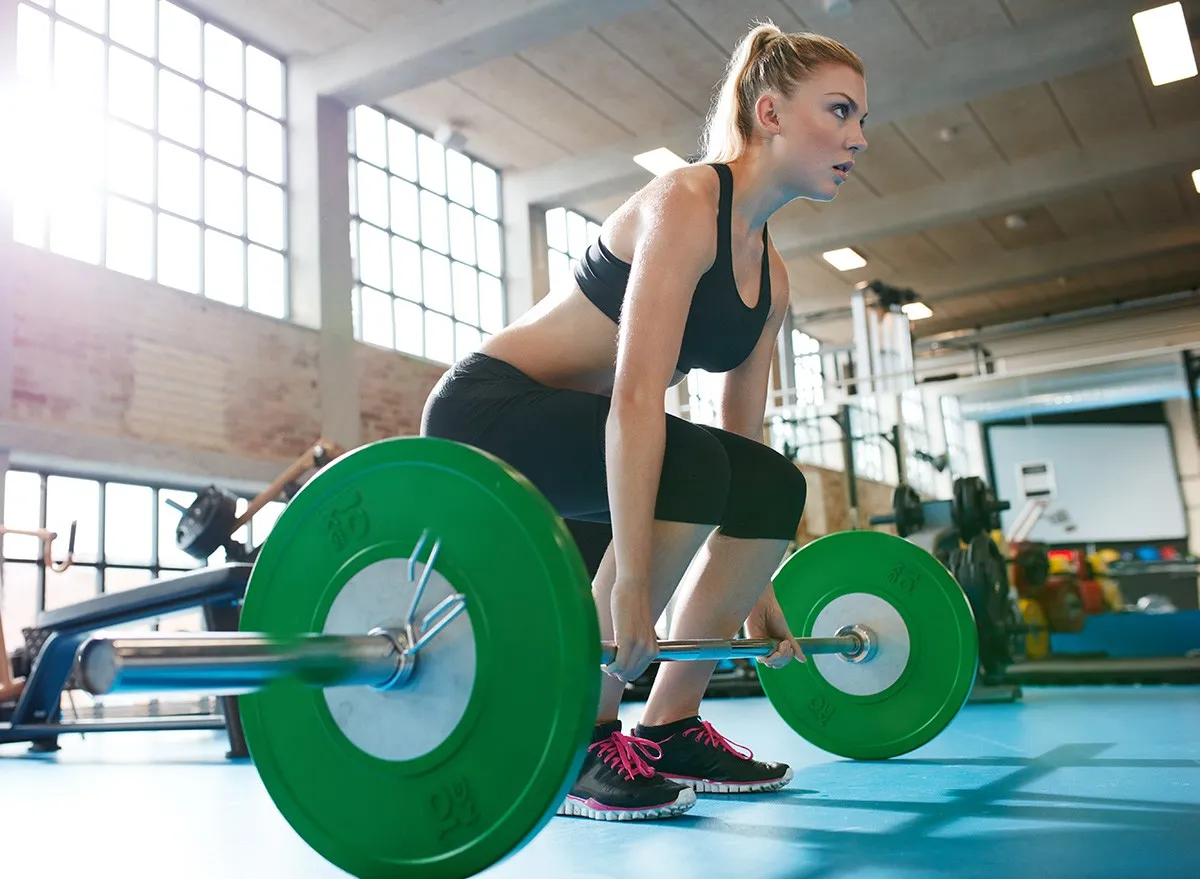
The deadlift might look simple—just lifting weight from the ground—but it delivers powerful results for women over 40. "Despite the fact, like the squat, it seems like a lower body exercise, what you're doing is working your posterior chain," Melissa explains.
This means you're targeting your hamstrings, glutes, back, and even engaging shoulders and biceps as you pull with your upper body. While traditional deadlifts can be technical, Melissa recommends starting with Romanian deadlifts (RDLs), which are more accessible and safer for those with back concerns. Using dumbbells for this movement allows you to master the form before progressing to barbell variations.
How to perform a Romanian deadlift
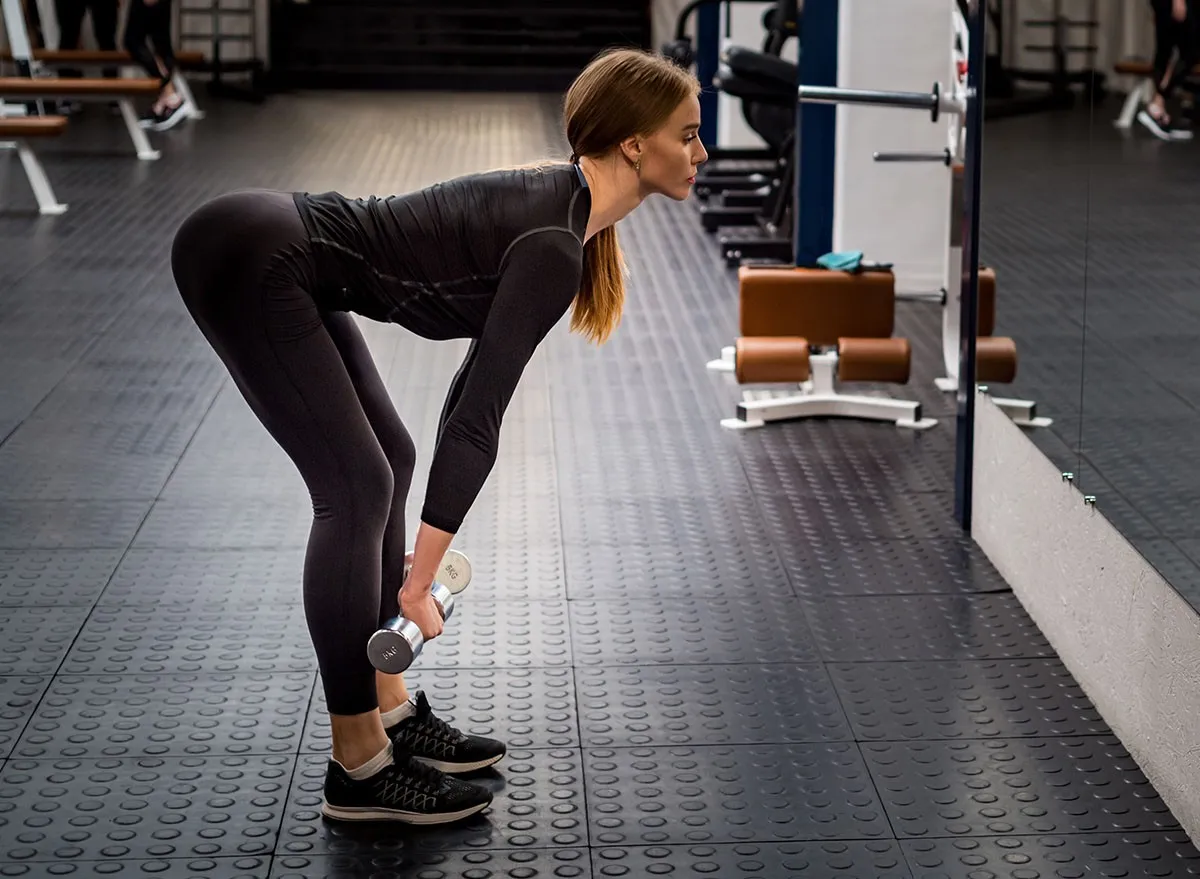
To perform a Romanian deadlift with dumbbells, start with feet hip-width apart and hold dumbbells in front of your thighs. "I'm going to bend slightly forward, so it's very different from a squat. I'm still going to bend my knees and then I'm going to come all the way up," describes Melissa.
Focus on hinging at the hips while maintaining a slight bend in the knees, lowering the weights toward the floor while keeping your back flat. You should feel this primarily in your hamstrings and glutes. Remember to squeeze your glutes at the top of the movement but avoid overextending. Start with lighter weights to master form before gradually increasing the load.
Exercise 3: The Row – Building a strong, defined back
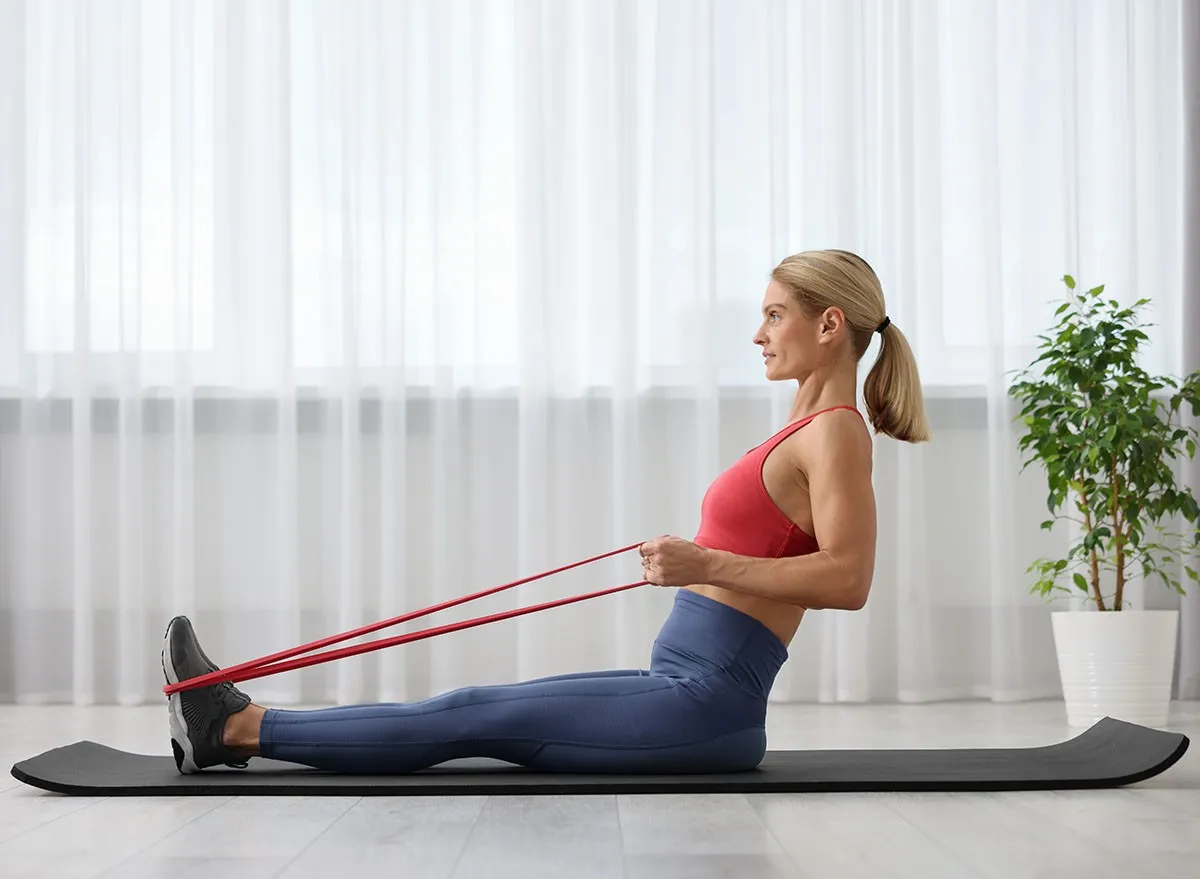
Rows are essential for developing upper body strength, particularly in the back—a large muscle group that helps burn significant calories when trained properly. "I learned to do this when I was 50 years old, so it's never too late to learn a skill," Melissa shares about mastering pull-ups, the ultimate rowing movement.
While pull-ups might seem intimidating, there are many variations of rowing exercises that can help build toward this goal. Rowing movements work not just your back muscles but also engage your core, shoulders, biceps, and triceps, making them incredibly efficient for women over 40 who want to maximize their workout results.
Row variations for every fitness level
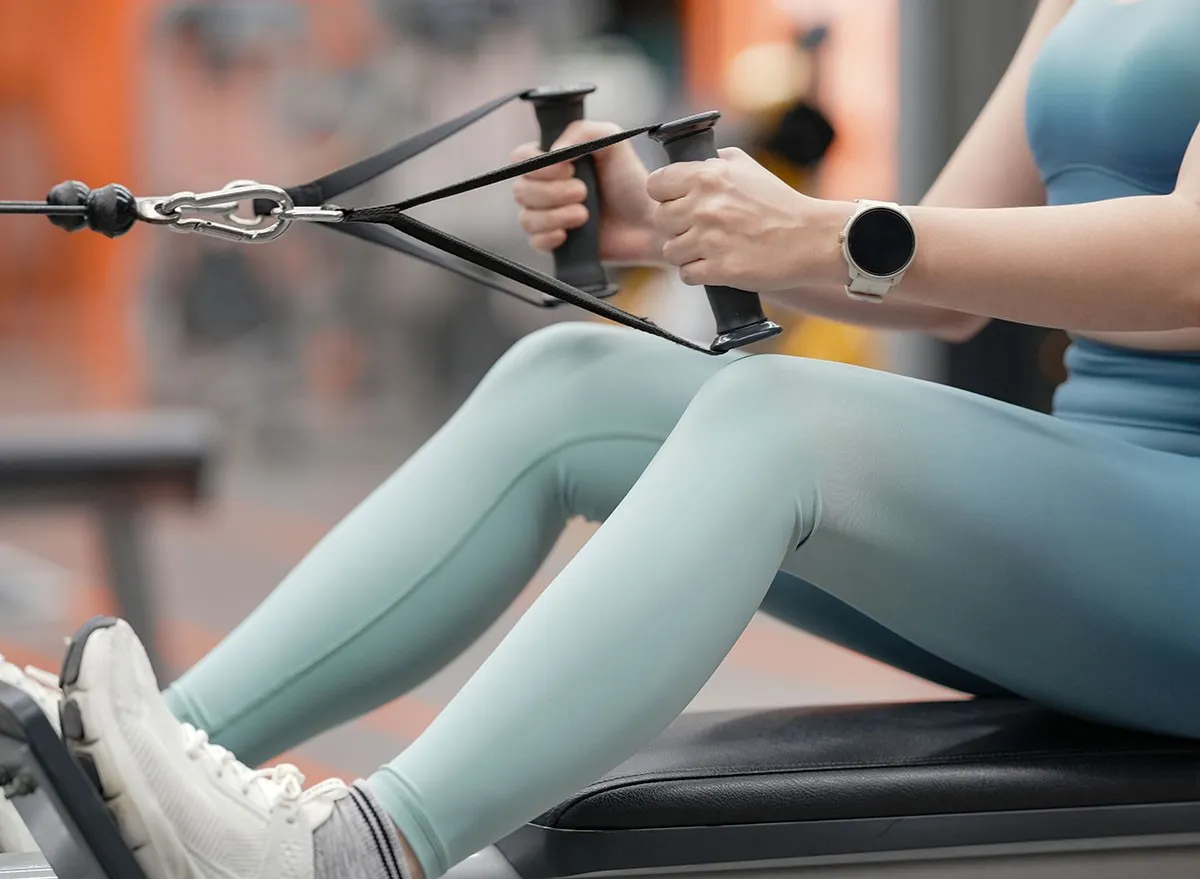
If pull-ups seem out of reach, don't worry—there are plenty of ways to incorporate rowing movements into your routine. For home workouts, Melissa suggests dumbbell rows: "I'm going to bend over, hands by my side, I'm going to row up like that." Resistance bands anchored to a sturdy object like a staircase can simulate lat pulldowns. At the gym, assisted pull-up machines, cable rows, or specialized equipment like the Kaiser machine can help build the necessary strength. Start where you are, and gradually progress—remember that Melissa herself didn't master pull-ups until age 50, proving it's never too late to build upper body strength.
Exercise 4: The Push-up – Total body strengthening
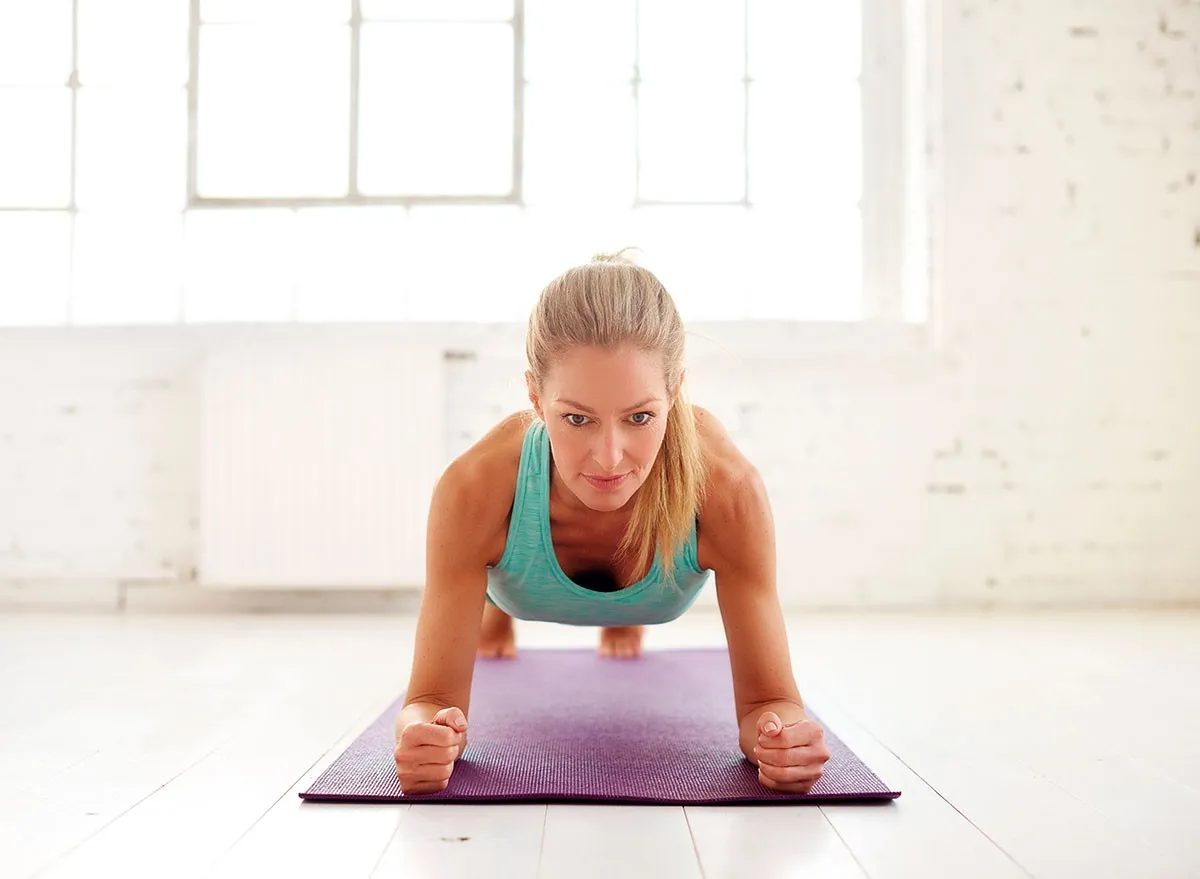
The push-up is a powerful bodyweight exercise that works nearly every muscle in your body. "You can think of it as a chest exercise, but actually you're going to work your shoulders, your back, your chest, your core, your quads, your hamstrings, even your glutes come in," Melissa explains. Many women on her program initially believe they can't do a full push-up, but quickly progress from modified versions to the full movement. Push-ups help with overall fitness, burn significant calories due to the number of muscles engaged, and build functional strength that translates to everyday activities.
Push-up modifications for all levels
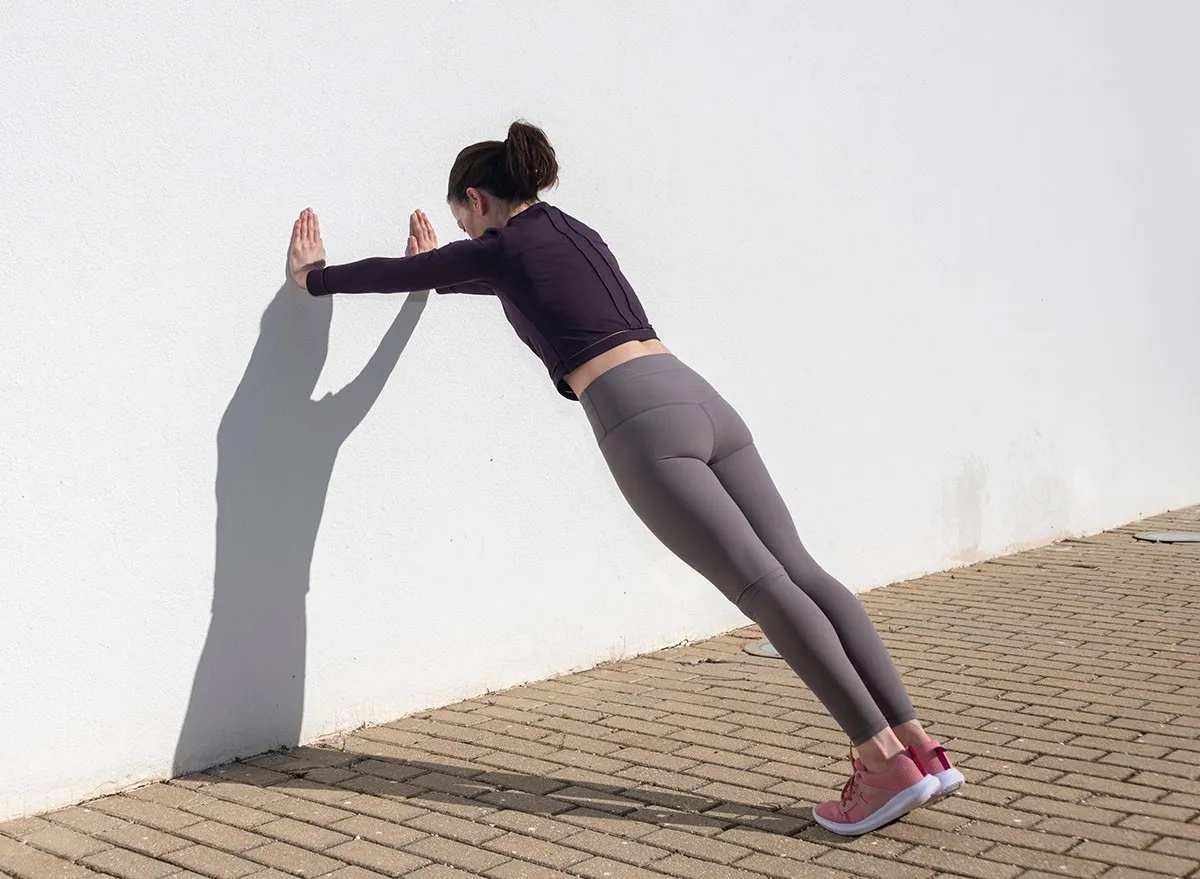
If you're not ready for full military-style push-ups, Melissa offers several modifications to help you build strength: "If that's hard for you, you could try putting your hands out a bit wider." You can also perform push-ups from your knees, with hands elevated on a bench or sturdy surface, or even against a wall if you're just starting out. The key is to start where you are and gradually progress. Aim to do as many full push-ups as possible before switching to a modified version to complete your set. With consistent practice, you'll be surprised at how quickly your strength improves.
Combining the exercises for maximum results
To create an effective workout routine, Melissa suggests incorporating all four key exercises—squats, deadlifts, rows, and push-ups—into your training plan. You don't need to do all of them in a single session; instead, you might focus on two per workout, alternating throughout the week. "You're working all these muscle groups, so you're going to burn tons of fat," Melissa points out. These compound movements create the foundation of strength training that will help you regain lost muscle, boost your metabolism, and transform your body shape. Start with 2-3 sets of 8-12 repetitions for each exercise, adjusting the weight and intensity to match your fitness level.
Consistency is key to transformation
The transformations Melissa has witnessed in her clients didn't happen overnight—they were the result of consistent effort over time. "I would never have thought that I would be able to build actual muscle," says Jenny, one of Melissa's clients whose before-and-after photos demonstrate significant change. The beauty of these four key exercises is that they can be performed at home with minimal equipment, at a gym, or even modified to use just body weight when traveling. By committing to incorporating these movements into your routine 2-3 times per week, you'll gradually build the strength and muscle that helps combat age-related changes in metabolism and body composition. And if you enjoyed this article, don't miss 12-3-30 Walking Method: 20 Proven Tips to Lose Weight Faster.




